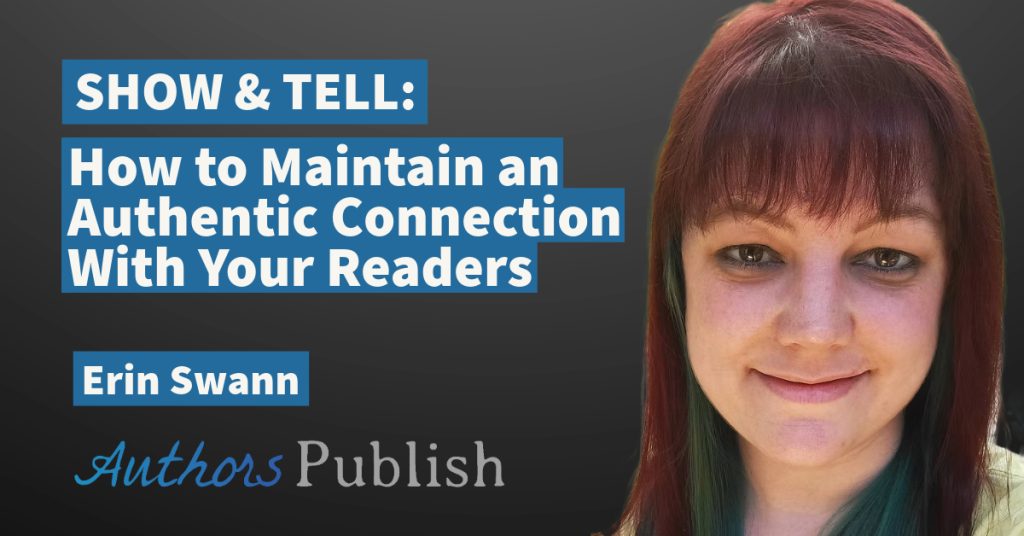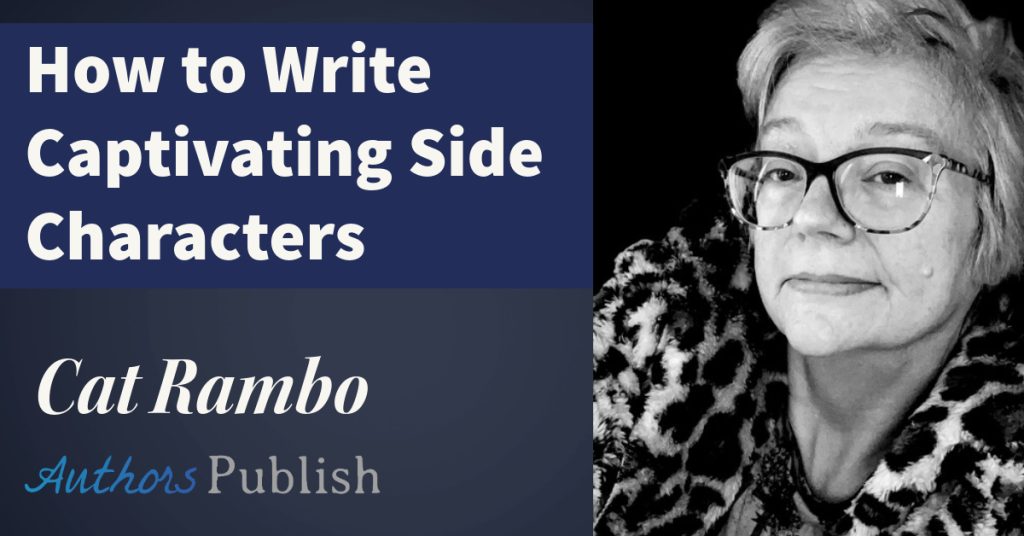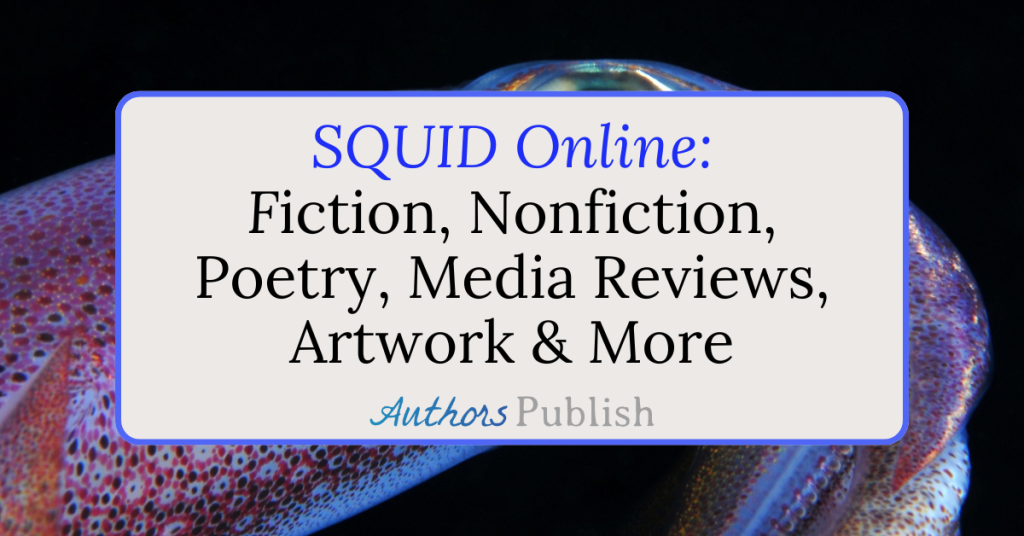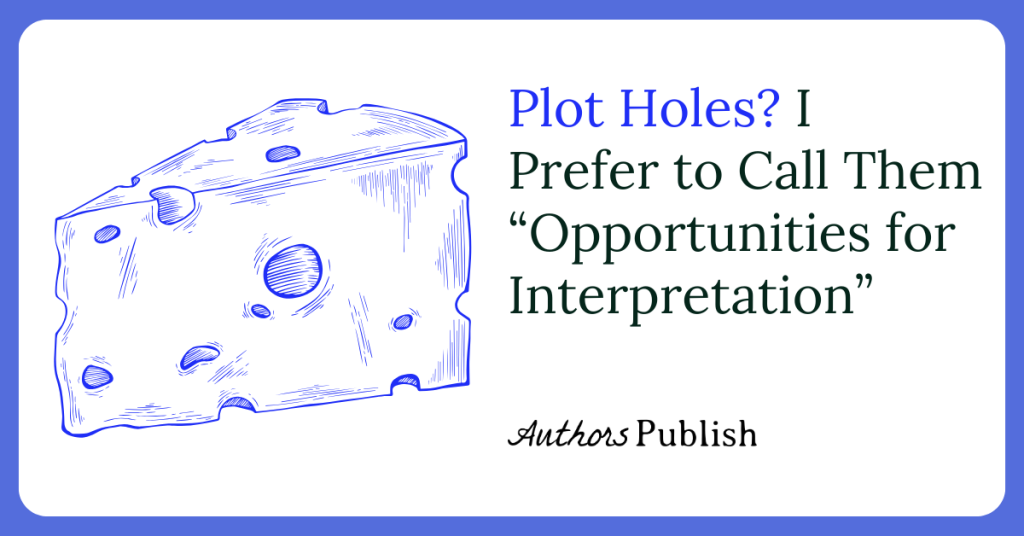Susan Upton Douglass
There is a lot of misinformation about copyrights and the protections afforded by copyright law and related areas of law. Indeed, much of the law is counter-intuitive, or simply different from the common wisdom and folklore passed around in business circles. So, to set the record straight, here are some answers to commonly asked questions.
Q: Can I copyright an idea by writing it down and mailing a copy to myself, keeping the sealed envelope in a safe place?
A: No, what you have then is unopened mail in a safe place. Ideas per se are not protectible, either by copyright, unfair competition laws or otherwise. Your specific expression of your idea (i.e., your prose and means of expression), as opposed to the idea itself, is protectible by copyright if set down in writing, or another form of recording such as audio or video recording. A postmarked envelope that contains your idea can fix in time the date by which you created your idea, but so can your computer archive.
Q: Then how do I protect my ideas when I want to present them to others to see if they are interested in working with me or purchasing my idea?
A: The recipient of your idea must sign a nondisclosure agreement, agreeing not to use or disclose your idea to others without your permission (and, presumably, payment to you). However, many companies refuse to sign nondisclosure agreements, taking the position that they have many ideas already in progress. It also is helpful to mark all print and presentation materials with a copyright notice (© followed by the year of first publication and the name of the copyright owner). You may also want to consider depositing the written version of your ideas with the Copyright Office (more on this later), but bear in mind that most documents deposited with the Copyright Office are publicly available.
Q: What if someone refuses to sign a nondisclosure agreement?
A: You have to decide whether the risk of having your ideas taken without your permission and without compensation to you is a realistic outcome. If so, you can choose not to share your ideas. Note, however, that not everyone is sophisticated in copyright law, and may believe that with the presence of a copyright notice your ideas are protected.
Q: What is protected by copyright?
A: Copyright protects any original work of authorship fixed in a tangible medium. By “original,” the Copyright Act simply requires that the work be your own, and not copied from someone else’s work. To be fixed in a tangible medium means that the work is in a format that can be viewed over time, such as written works, computer programs, fabric designs, jewelry designs, sculptures or paintings, written or filmed choreography, films, and photographs. Copyright protection gives the owner of the copyrighted work the exclusive right to reproduce and distribute the work, to make translations or derivative works, to perform or display the work, and to control the importation of infringing copies. Note that useful articles and very simple geometrical designs are excluded from copyright protection.
Q: How do I get copyright protection?
A: It’s automatic. Immediately upon creation, you have copyright protection. There is no requirement to use a copyright notice or register your work, but it is advisable to do so.
Q: I always thought, if I saw something that didn’t have a ©, ®, sm, tm, or patent pending, that I was free to use it.
A: Both copyright and trademark notices are optional, and a work may be subject to protection without any notice at all. Copyright protection now lasts for 95 years from the year of publication or 120 years from creation, whichever comes first, or in the case of individual authors for 70 years after the death of the author – so you should assume that any work published in the 20th Century is likely to be in copyright (you should consult a copyright attorney, as three different versions of the Copyright Act are coexisting).
Q: Why would I bother to get a copyright registration?
A: If your work is registered with the Copyright Office before it is infringed (e.g., copied without your authorization), you are eligible for statutory damages, in the range of $750 to $30,000 for each work infringed (not each copy of each work), or in the case of willful infringement, up to $150,000 for each work infringed, in lieu of proving actual damages. But more importantly, the prior registration of your work entitles you to recover your attorneys’ fees – which, as everyone knows, are often far higher than any actual damages or statutory damages. The knowledge by an infringer that it may be liable for your attorneys’ fees as well as its own usually gives you tremendous leverage in settling cases, often with the payment of some damages to you without even having to go to court. Also, a copyright registration is a prerequisite for filing a lawsuit – but if the application was not filed prior to the infringement, an award of statutory damages or attorneys’ fees is not available.
Q: Is it difficult or expensive to register a copyright?
A: No, this is something you can do on your own in many cases, without even hiring an attorney. You can visit the Copyright Office web site, at www.copyright.gov for the necessary forms and instructions. The cost is $45 per application for a single title when the author and claimant are the same, and the work is not designated as a “work made for hire.” The certificate of registration will issue in about six months after filing, but it is effective as of the date of receipt of your application in the Copyright Office. It is recommended that the electronic filing option be used, rather than filing on paper (it takes years to receive the certificate if you file by mail).
Q: If I find some interesting materials on the Internet, can I incorporate them in my own materials or web site?
A: No, this is copyright infringement, unless you have the permission of the owner of the copyright.
Q: But isn’t material on the Internet in the public domain? And what about mass mailings of material to hundreds of undisclosed recipients? Surely this material must be in the public domain due to its mass distribution and ready availability.
A: No, this is not in the public domain. Remember the definition of copyright, and that copyright protection is automatic. It is irrelevant that the material is published in electronic form rather than in book form or some other conventional media. Of course, the material may be used (i.e., read, downloaded, or stored as a favorite), but not patched into your own materials or web site. Copyright protects from copying, not from use.
Q: What if the material I want to use is small, such as a navigational icon?
A: All works of original authorship are protected by copyright, so the reproduction of an original icon (not a standard one that is used by everyone – but be careful, as the threshold for “originality” is very low) may constitute copyright infringement.
Q: Isn’t there some formula, for example that if no more than ten percent of a work is taken, there is no copyright infringement?
A: There is no such formula, and every case must be looked at individually. To constitute “fair use” under the Copyright Act, the courts look at the following factors:
- The purpose or character of use (whether it is for commercial or nonprofit educational purposes); commercial uses are presumptively unfair.
- The amount and substantiality of the portion used (looking at the work that was copied, not the work into which it was incorporated); a very small excerpt could be excusable.
- The nature of the work (the greater the originality of the copied work, the stronger the protection).
- The impact on the future commercial exploitation of the work (if the unauthorized copying would deprive the copyright owner of possible licensing or other income, the use is presumptively unfair).
Q: What if I give a credit to the author? Then can I incorporate the materials in mine?
A: No. While giving credit might assist in lessening the antagonism of the copyright owner, it does not avoid copyright infringement. Credits avoid claims of plagiarism, and while giving credit to unauthorized copying avoids infringement in the academic setting due to a special exemption for academia, this exemption does not apply in the commercial setting.
Q: Rather than copying material into my web site, may I create a link to it?
A: Yes, this is not copying. However, do not engage in framing – i.e., creating a frame of your own material and site identification materials that remains when the link to the other site is made. This creates confusion as to whose site is being visited, and may violate the unfair competition laws in the federal trademark act.
Q: Can I use other companies’ logos on my site, to show that we have links to their sites?
A: No, not without their permission. You can use the names of the companies, but not the logos; use of the logos could create confusion, and in particular, a false sense that the linked companies endorse or sponsor your site, in violation of the federal trademark and unfair competition law.
Q: If I hire a freelance graphics designer to create a logo for me, and I tell her what I want, approve the final design and pay her for the work, do I own the copyright as a “work for hire”?
A: No, the graphics designer owns the copyright. A “work for hire” is created only if the person who creates the work is an employee of yours who creates the work in the ordinary scope of her employment. Alternatively, a work for hire can exist if the work is specially commissioned and (1) the work falls into one of nine specific categories which include compilations such as magazines, collective works such as anthologies, or audio-video works, and (2) both the commissioning party and the creator sign a document stating that the work shall be deemed to be a work made for hire. Here, the conditions are not met, so there is no work for hire.
Q: How do I get full ownership of works done for me by freelancers?
A: You must get a written assignment of the copyright. It is best to obtain this assignment before the final payment is made, to avoid a renegotiation of the price later. If you realize long after the fact that you do not have an assignment, it is not too late to secure the assignment; you may want to refer to the assignment as a confirmatory assignment, effective as of the date of creation.
Q: What if the graphics designer refuses to sign the assignment?
A: She owns the copyright, and has the right to reproduce the work for others and to make derivative works. However, she cannot sue you for using the logo, as there is an implied license to use the work for its intended purpose (unlike assignments, which must be in writing, licenses may be oral, or implied). Be careful with new or expanded uses, however, which may be beyond the scope of the original project and thus may exceed the scope of the implied license. For this reason, an assignment is preferable, or at least a written license setting forth the scope of permissible uses.
Q: Do I have to record the assignment or license with the Copyright Office?
A: No, this is not necessary, but if the work is important to your business, you may wish to record it. Keep the documents in a safe place, as they will be needed in the event of a lawsuit involving the work.
Q: What if I still have more questions – this copyright law is so confusing and counter-intuitive?
A: Talk with an attorney who specializes in copyright law. It could save you a lot of trouble and expense later.
ABOUT THE AUTHOR:
Susan Upton Douglass was a partner with the New York City law firm Fross Zelnick Lehrman & Zissu, where she specialized in copyright, trademark and unfair competition law since 1982. Susan can be reached by e-mail at susanudouglass@gmail.com.
© 2003, 2021 SUD






